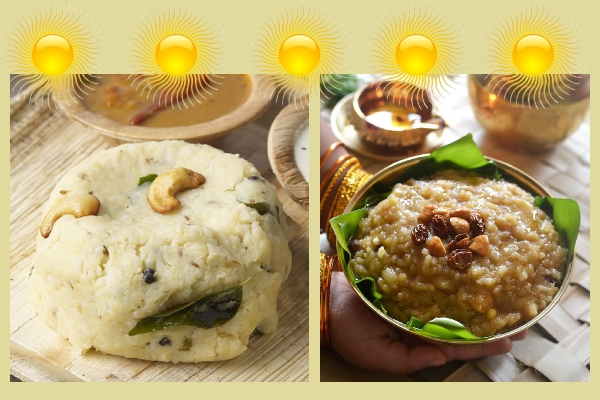Story so far: Prahasta is telling Ravana’s sons the story of how their father got the Pushpaka Vimana from Kubera. When Kubera turns down his request to study the vehicle, a furious Ravana prepares for war.

Illustration: Sahil Upalekar
Prahasta: As Ravana began the processes to protect his city, Kubera became restless as he learnt of the plan to attack his palace.
Atikaya: How did Kubera know of father’s every move?
Akshayakumara: He had the Pushpaka Vimana then, didn’t he?
Atikaya: Even then, it would still so much time to get the information around. Look how quickly he managed to tell everyone about his fight with father.
Prahasta: Good thinking Atikaya. Like your father, Kubera too has his own set of powers. Do any of you know about that?
Meghnath: His primary weapon is a club called Shibika. Then he as the padma shara (lotus arrows), a specially decorated and jewelled sword called Ratna Khadga, the shakti pasha (energy-binding noose) and the pushpa dhanush (flower bow).
Akshayakumara: That’s not even 1% of father’s powers.
Prahasta: I agree. But Kubera’s powers and expertise does not lie in warfare. His abilities are more intellectual; mostly in wealth management, administration and bureaucracy.
Trishara: Then it won’t be an issue. Father can finish him off in minutes.
Prahasta: Not at all, boys. You need to study both strengths and weaknesses of your enemies. A war is not just about a physical fight. It also involves administration and wealth management. It affects the entire nation and the chances of someone like Ravana – who has a good name as warrior and king – putting everything at risk is high. Also, unlike Ravana, Kubera meets the devas frequently. They are highly influential and control several things on Earth. So news spreads quickly.
Meghnath: Wait, you never explained how Kubera gets all the information.
Prahasta: Before he acquired the status of a deva, Kubera was the chief of the yakshas (nature spirits). So he gets all the information he wants. Who knows? They may be around us even now.
The boys look scared and Prahasta laughs.
Prahasta: Don’t worry. It’s a bit like the results of the double-slit experiment.
Meghnath: What is that?
Prahasta: In the future, a scientist called Thomas Young will test the behaviour of light particles by sending them through a screen with two slits. The results differed when the particles were observed through a detector and when they were not. Similarly people will react differently when you pay attention to them. Anyway, to get back to our story, Kubera asked all the spirits to surround Alakapuri and Gandhamadana to protect his kingdom.
Meghnath: I have seen both. They are amazing. Alakapuri is an architectural marvel and Gandhamadana is a mountain surrounded by fragrant forests. I remember some strong pillars made of lava.
Prahasta (laughs): They are not made of lava. It only looks like lava.
Meghnath: What? How is that possible?
Prahasta: Let me show you.

The boys are all astonished.
Meghnath: How does this work?
Prahasta: Through density, buoyancy, heat transfer and solubility. You have two liquids that are close that are insoluble in each other but are close in density. Insoluble means they don’t mix, like oil and water. In the lava lamp, the light source at the bottom is also a source of heat. As the bulb shines, it warms the denser of the two liquids, which then expands and becomes lighter. This makes it float to the top. When it gets there, it cools down and becomes dense again. So it slowly sinks back down. This is why you see those shiny blobs of “lava” float up and down. Since the density change is subtle and heat dissipation is slow, the whole motion is gentle and tranquil.
Meghnath (amazed): There is so much science behind the glowing pillars of Alakapuri. I also heard that the palace walls of the city are non-destructive. Is that true?
Prahasta: The walls are made of a special alloy called SHNi, in which SH stands for self-healing.
They also used a NiTiNol alloy, which is a mix of Nickel and Titanium and has the ability to regain its shape when deformed.
Akshayakumara: Wow! A self-healing alloy and another that can regain its shape. So what happened next?
Prahasta: I will continue after a snack.
The author is the founder and CEO of Vaayusastra Aerospace, an IIT-Madras IC graduated ed-tech company and a Ph.D. research scholar in Education at NITTTR.
Now that you’ve read the story, here is an activity for you. This game is called a Word Flower. The idea is to make words from the letters given. There are 24 words – five, six, seven and eight letters – and all of them should contain the central letter. Can you find them all?










